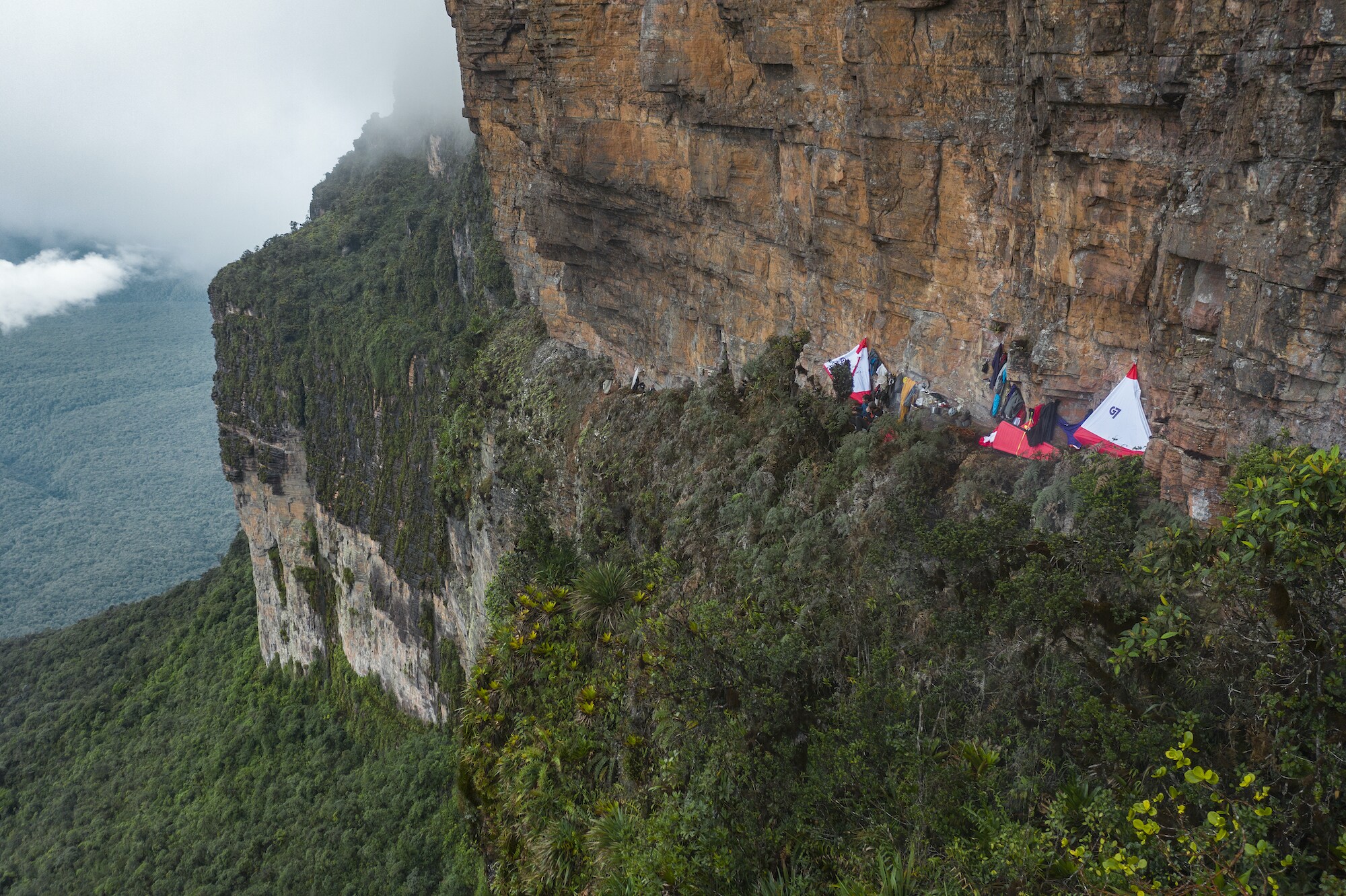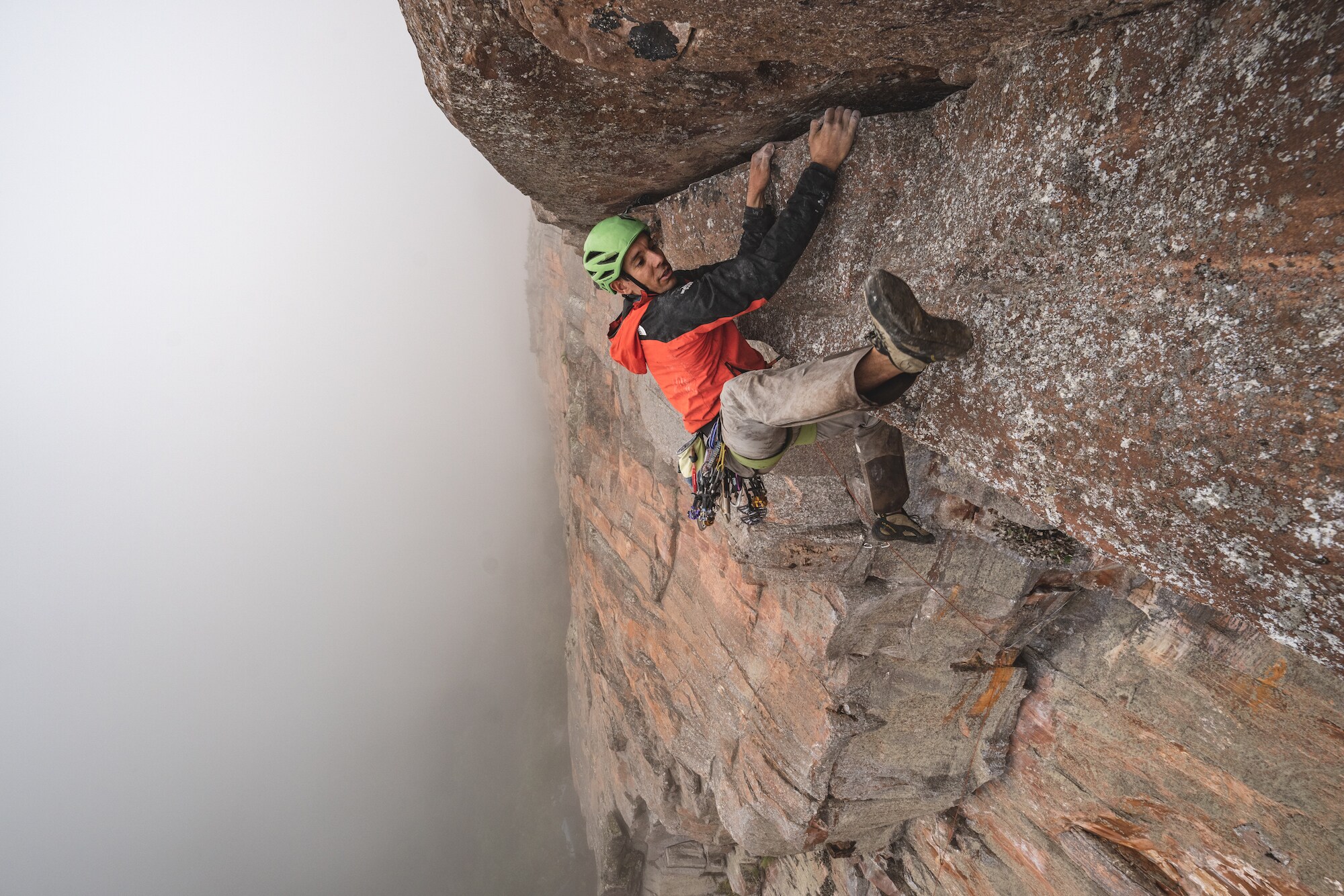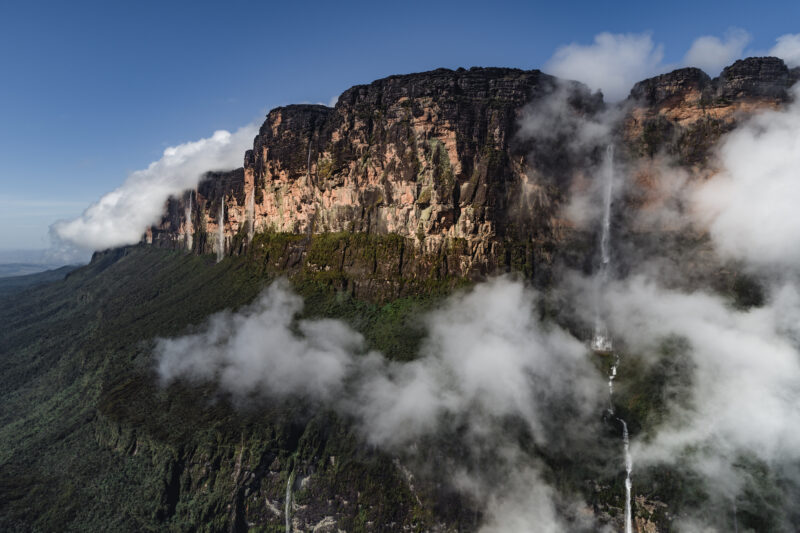Exploration and adventure are intrinsic to our DNA. Humans have been obsessed with unlocking the mysteries of the great unknown since the beginning of our shared history. Whether it’s uncovering the secrets of lost civilizations or reaching the farthest edges of our Blue Planet, humans are a species of pioneers. In the last century, our innate penchant for discovery has even seen us launch data gathering equipment into the solar system and beyond.
And while we have scoured almost every inch of our planet’s surface, there are still virgin regions that boast diverse micro-ecosystems.
Ecologist Bruce Means, Ph.D., has been studying amphibian and reptile biodiversity of the woodlands, swamps, and bogs of the Florida Panhandle and making expeditions into the vast wilderness of northeastern South America for over 40 years.

At 80 years old, his latest effort to “bag and tag” previously undiscovered amphibian and reptile species brought him deep into the Amazon rainforest in the heart of Guyana.
Means and his expedition team, which included free solo climber Alex Honnold, were tasked with charting the rainforest’s last unexplored tepui – an island in the sky teeming with biodiversity. The Weiassipu tepui is a minor tepui of the Eastern Tepuis chain. Formed on the bed of a primordial sea 1.7 billion years ago, tepuis can give unprecedented insight into the evolution of all life on Earth.

Tepuis are flat-topped mountains with sheer cliffs that have hollowed valleys between them. Tepui means “sprouting rocks” – a term coined by locals of the region. The reason Weassipu had not yet been explored is fundamentally a logistic one; much of the wildlife exists on a plateau extending from the side of the sky-high archipelago.
This is where Honnold and his world-renowned climbing skills come into play.
After establishing a base camp at Double Drop Falls deep within the Amazon rainforest, Honnold, fellow professional climbers Federico Pisani and Mark Synnott, and director Dr. Taylor Rees and her production crew hacked through 5 miles of untouched rainforest to the base of Weiassipu.

Means, after traversing the harsh terrain of the Amazon to reach the base camp, set up shop at the site and explored the surrounding area for new species, while the rest of the crew crossed the Rubicon into the dense jungle with the ultimate goal of setting foot upon the primordial paradise that lies on the edge of the quartzite cliff face of Weiassipu. The wall climb was executed deftly and with relative ease – barring the ascent of a particularly difficult section of the wall known as a roof.
The epic adventure into the wilderness was not in vain. Means and his colleagues collected what they believe to be five new species, including a new species of Stefania found in the cloud forest below Weiassipu. All are currently being studied to confirm his findings. Other rare species found on the expedition include MacConnell’s Pebble toad (oreophrynella macconnelli), the Roraima tree frog (coana roraima), and the Kanaima tree frog (nesorohyla kanaima).

Means has been a conservationist for almost as long as he has been in the field of ecology, and the discovery of these unique animals will also help in the fight to conserve the biodiversity within the Amazon.
I had an opportunity to talk with Honnold and Rees about the expedition, the first ascent of Weiassapu’s cliff face, and what the discoveries mean for conservation in the region. This interview has been edited for length and clarity.
Innovation & Tech Today: How did this ascent compare to others in terms of difficulty?
Alex Honnold: Well, it wasn’t nearly as difficult as sometimes, but that wasn’t really the point. The point was to go to this incredible new place, and to explore a new wall. To give Dr Means, give Bruce an opportunity to complete his Elevational Transit. Basically, look for species along the way. The difficulty – I would say – it was a challenging climb, but it wasn’t cutting edge by any means. But it’s cool, it’s a very nice rock, it’s a good climb, it’s an incredible location. Really we were there more to support Bruce, and to facilitate the science.
I&T Today: As someone who spends a lot of time in nature, have you always had a passion for ecology, and biology, and zoology? If not, did you gain a new appreciation through this?
AH: That’s one of the most interesting things about this trip, I’m outdoors a lot, and I would say I love nature, but I’ve never really loved the jungle. I don’t know that much about biology, and Bruce’s passion for biology was so infectious that I came out of the trip with a much greater appreciation for the wealth of species in the jungle.
I definitely care way more about the whole ecosystem there, after the trip than before. Hopefully, that’s something that people can take from the documentary as well. His passion for the whole web of life there is pretty incredible.
I&T Today: How gnarly was that roof? In the documentary, there was that point where all of it seemed okay, but that seemed a little difficult.
AH: I would say it’s difficult for sure. It’s very exciting to be in that kind of position in the middle of nowhere in the jungle, but it’s not like cutting-edge climbing. We were there to serve the greater expedition, to make it up the wall, to look for species of frogs, to help Bruce get into this place. The climbing was cool, but it wasn’t really the most important part. We spent 10 days walking to the wall, and then a couple days climbing the wall. The bulk of our time was spent navigating the jungle and exploring.
I&T Today: What’s next for you on the agenda? Any new first descents?
AH: I’m mostly focused on fatherhood for a little bit.
I actually do have another show with Nat Geo coming up this summer, that’s an expedition agreement. That is actually the only trip I’m really doing this year because of fatherhood. In many ways, this upcoming trip is inspired by this trip to Guyana.
Being in the jungle with Bruce, and seeing the opportunities for basic science on the climbing trip, made me realize that if I’m going to do other climate expeditions like this in the future, I should probably should have a scientific component to it.
Basically, it should try to be slightly more useful than just climbing. We’re doing something very similar in Greenland this summer with climate science, and also through National Geographic.
I&T Today: Taylor, what drew you to the project?
Taylor Rees: That’s a great question. I’ve always loved stories that combine real adventure with science. Science and ecology can be a subject that not everyone is quite as excited about as Bruce, but when you really think about, it’s just like climbing.
Science is an exploration to understanding a living environment. To combine this adventure with Alex who we’ve known, and worked with forever, and is a good friend, and to learn from Bruce just seemed like a really cool combination. There’s also a great potential for impact, not only just to help people, in general, become aware of this Galapagos in the sky, but to be inspired by Bruce’s curiosity. As Alex said, to take that into their own lives, and backyards, and be “Earth is amazing.” It’s great to look around.
I&T Today: What kind of gear did you take with you for filming? Is there anything that you took specifically for a project like this, where you’re in the middle of the jungle, that you wouldn’t have on other sets?
AH: I think the real question is which gear didn’t break.
TR: We had a lot of gear. We shot the entire thing on Sony, so we were working with Sony’s smaller Mirrorless Alpha One, a 7S111 camera, as well as their FX6. The hardest part was that the jungle was extremely wet, and the lenses were constantly fogging. Everything’s getting moldy, we had lenses that literally grew mold in them. As Alex said, we had a five-person film crew, and we brought a lot of gear.
I&T Today: How difficult is it to make this area in Guyana a protected region? How much did the expedition help in protecting the status of the area?
TR: That’s a great question. There’s a lot of different ways that conservation happens, whether it’s a UNESCO World Heritage Site or a federally established national park.
What I think we are really inspired to see is that the Amerindian indigenous communities down there are organizing. They have what are called COCA’s, Community Organized Conservation Areas. I think what we’re all learning in this time period, is that when the people of a region can be really integrated into conservation that’s best.
We had this opportunity to travel through the jungle with 80 Akawaio porters, cooks, and people that are involved in this kind of stuff. Just even the interexchange of ideas, and learning from them, how they’re approaching this all was amazing. We hope the film will inspire and support those conservation movements.
I&T Today: How’s Bruce doing? How is he feeling after the expedition? Both physically, and emotionally?
TR: I was just on a PR event with him two seconds ago, and he is rearing to go back. He was trying to come up with the title of the sequel.
I&T Today: Do either of you guys plan on going back? I know apparently Bruce wants to go back. Is there unfinished business there? Is there more to explore? Are there more species to be found? Is there more to do in conservation there?
AH: I would say there are definitely more species to be found, there’s definitely more to be done in conservation.
I personally would like to go back to climb on some different objectives. Some of the walls there are quite a bit bigger, steeper, and more impressive than the wall that we climbed in the show.
We were there because it hadn’t been climbed before, and because it was part of Bruce’s Elevational Transit. It totally made sense for Bruce’s research, but from a strictly climbing perspective, there are some bigger tepuis in other parts of, mostly Venezuela. Federico Basani, who’s on the trip with us, the two of us have talked a little bit about going back to some of the other more extreme tepuis at some point in the future. It’d be more of a strictly climbing trip.
I think there’s incredible opportunity in the whole region for all of the things you described.
The Last Tepui is the newest installment of National Geographic’s long-running “Explorer” series. The one-hour special streams on Earth Day, Friday, April 22.











